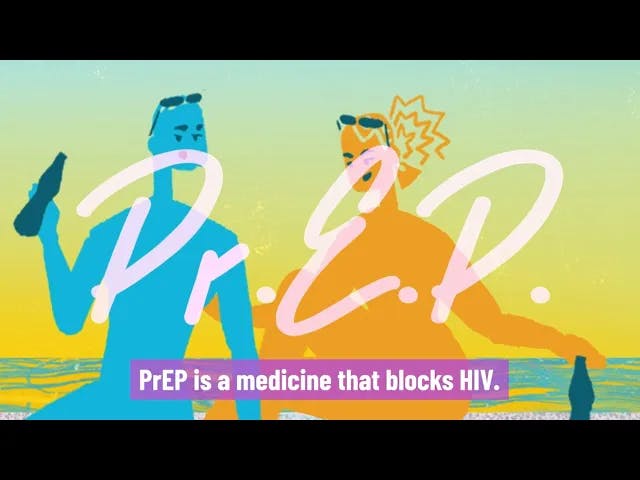Regardless of the type of PrEP you are taking, before you start you must take an HIV test. If you already have HIV, taking PrEP can be damaging to your health as it can make HIV treatment less effective.
Whichever PrEP method you take, you must start PrEP before having unprotected sex because it takes some time to start working. Ask your healthcare worker for more information on this.
PrEP as a pill
There are two ways to take PrEP in pill form. Talk to your healthcare provider about the best option for you.
1. One tablet per day
- This is the most common way to take PrEP. It works best when you take PrEP at the same time each day. For PrEP to work you must not miss doses.
- You will need to take PrEP for 7 days before you are protected. During this time you should continue to use condoms.
- You should take PrEP every day for as long as you want protection.
2. Event-based (on-demand), where you take PrEP before and after planned sex
- This option would work for you if you are able to plan for sex at least two hours in advance or you can delay having sex for at least two hours.
- There are different types of event-based PrEP depending on your pattern of sexual activity, so make sure you talk this option through with a health provider.
PrEP as an injection
- Injectable PrEP is a form of PrEP that can be injected by a trained healthcare provider.
- To get full protection from HIV you will need to have two injections one month apart followed by an injection every other month.
- Many people may find this easier than taking a daily pill.
Currently injectable PrEP is only available in a few countries. You can ask your healthcare provider if it’s available where you are.
PrEP as a vaginal ring
- The PrEP vaginal ring is a flexible ring you put in your vagina which slowly releases antiretroviral drugs.
- You need to insert the ring at least 24 hours before sex to get maximum protection. You can keep the ring in for the next 28 days, then you need to replace it with a new one.
- Anyone with a vagina can use the ring to protect themselves from getting HIV through vaginal sex.
- The ring is easy to insert yourself and will need to be replaced every 28 days.
- It’s a good option if you don’t want to take a daily pill, don’t like injections or want something long lasting that you are in control of.
The PrEP vaginal ring is harder to get hold of than any other methods of PrEP. You can ask your healthcare provider if it’s available where you are. The PrEP vaginal ring is less effective than the PrEP injection or the PrEP pill. But some people still prefer it because:
- you can keep a supply of rings at home, meaning you have fewer trips to the clinic compared to PrEP injections or getting refill prescriptions for PrEP pills
- you can insert it yourself so you’re not reliant on a health worker, whereas PrEP injections can only be done by a health worker.
